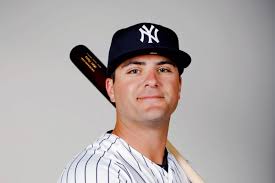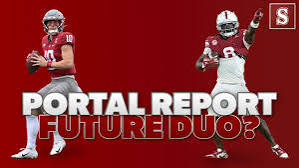Houston and New York teams to draft. The draft was scheduled for the period before major-league teams had to add blue-chip prospects to their 40-man rosters and thus eligible for selection. The Mets’ selections came primarily from players at the end of their careers or players with no big-league experience. Coupled with the declining skills of Stengel, who was the oldest manager in the major leagues at the time, the Mets got off to a dismal start.
Joan PaysonPayson and her fellow board members did not lose heart, bolstered by attendance success that was unexpected given the team’s on-field performance. The team drew over a million fans to the Polo Grounds in its second year, despite another dismal performance, and then shot to 1.7 million, second in the league, the year Shea Stadium opened. The success continued for much of the next two decades.
This helped the owners keep their faith in George Weiss, who was trying to build a farm system. But Weiss turned 72 during the 1966 season and Grant looked for a younger man. In 1967 Bing Devine took over as general manager for one season before being replaced by Johnny Murphy for two years. Murphy guided the Mets to their improbable World Series win in 1969. When Murphy suffered a heart attack in December 1969 he was replaced by special-assignment scout Bob Scheffing and farm director Joe McDonald. There was no assistant GM at the time and Grant, as chairman of the board, made the assignment based on who was on hand. Scheffing, who had never held such a responsibility, remained in charge, guiding the Mets back to the playoffs in 1973. Joe McDonald was the last GM that Payson hired in 1975, before her death in October of that year. Until 1968, Payson was one of five vice presidents but with Devine’s resignation she added president to her résumé. The other VPs were G. Herbert Walker Jr., James K. Thomson, John J. Murphy, and Casey Stengel.8
While Payson was owner, she did not get involved in many of the day-to-day decisions of the ballclub. She preferred to remain in the background and be the team’s number-one fan. She attended games regularly, took care of the players, and even decorated part of her house in Mets colors. One of the few personnel decisions she weighed in on was bringing Willie Mays to the Mets, as he had been her favorite player with the Giants. Much of the operational work was done by the GMs, front-office staff and M. Donald Grant, though Grant indicated in an interview that he was credited with more input in decisions than he ever gave. He claimed he never interfered in the choices made by the GMs but just offered advice and counsel.9














Leave a Reply